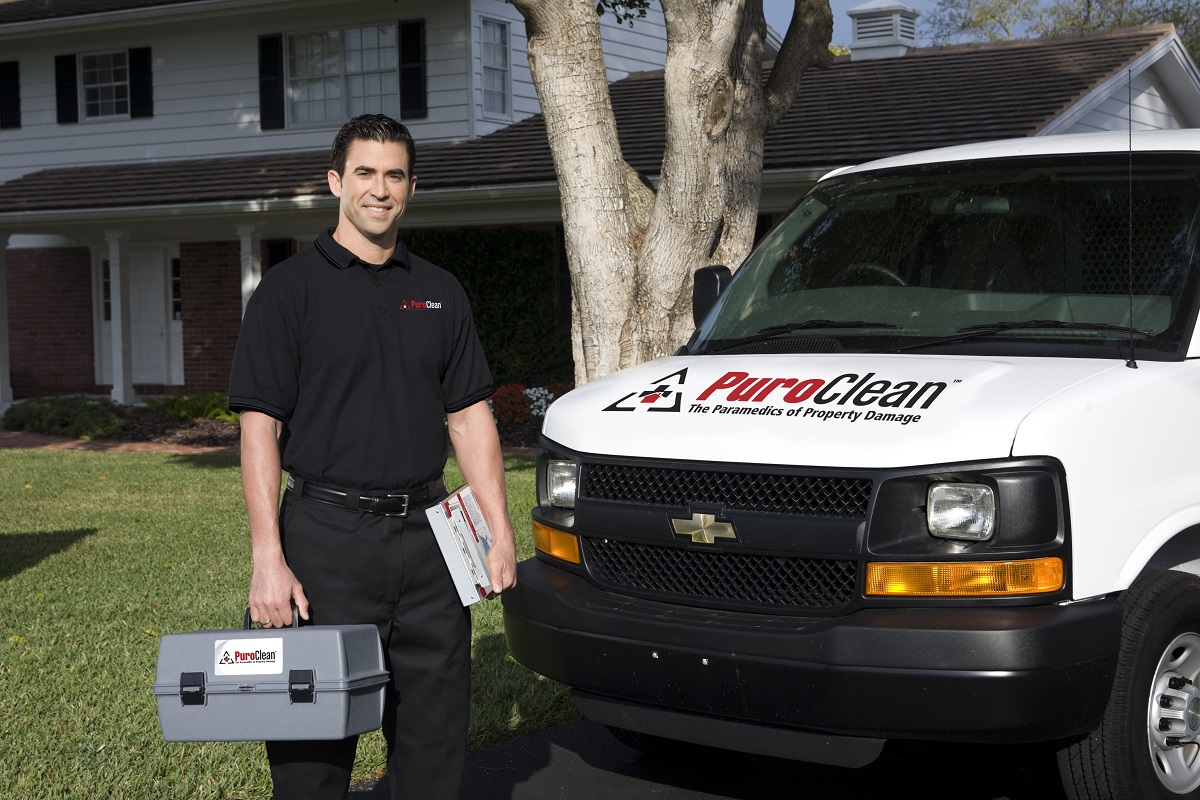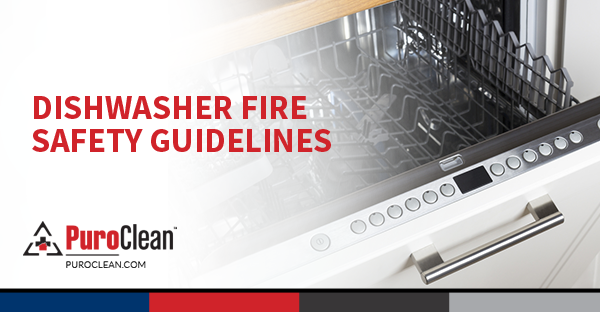Water damage situations are certainly a hassle and can affect you in more ways than one.
Regardless of the size of your home, water damage can inflict devastating effects on it. From walls to floors and everything in between, this can drive many components of your property into shambles.
But even if you are aware of the losses of water damage, you may not know how to file for a water damage claim for maximum recovery. With that being said, if you are currently going through this unfortunate incident or want to be prepared for the unforeseen future, you may be well aware of the importance of these details.
To help you through this challenge, here’s a lowdown on what’s covered in a water damage claim as well as how to maximize water damage claim incidents.
What’s Covered in a Water Damage Claim?
Homeowner’s insurance usually covers water damage to your belongings and structural property. With that being said, the types of water damage claims typically supported by insurance companies turn this process into a tricky challenge.
The kinds of water damage claims that are usually covered include:
- Storm damage.
- Sewer backup.
- Water backup.
- Accidental or sudden discharge.
The usual homeowner’s insurance does not cover flood damage. But you can take a separate policy for it if companies in your area offer it.
It leads you to “gradual” water damage categories. Water damage that occurs from these situations is generally not covered by insurance. These instances include leaking pipes and leaking roofs that have been damaging your property for a while. It is important to remember when you learn how to file for a water damage claim with your insurance company.
Remember that insurance companies have strict processes that they abide by in their claims process to mitigate their respective risks and liabilities regarding homeowners insurance policies.
How to Maximize Water Damage Claim?
After you have learned what’s covered in a water damage claim, it is time to see how you can get the most out of your claim. Put, maximizing your water damage claim is all about acting fast yet being careful.
File Your Claim Right Away with The Right Claims Process
It is crucial that the minute you notice water damage, you move forward with filing your claim. It makes sure that you are not wasting any time in getting the insurance team at your property.
In case of flood damage, it is important to remember that you may need to call your flood insurance provider instead of your homeowner’s insurance provider. It helps you prevent any delay in reaching out to the right party.
Salvage Everything That You Can As You Go about the Claims Process
While contacting your insurance company, you should also move forward with salvaging everything that you can. It means that you move any dry objects away from the damaged site.
If there are any damp objects, they may be prone to mold or might need repairs. It would be best to remember not to mix them with your dry belongings since that could create an issue for you later.
Drain Out the Water
If you stopped the cause of the water damage by yourself or if it went away on its own, move forward with draining any standing water from the site. It limits the extent of the water damage.
After you drain out the water, take more pictures of the site. It helps you cover how your property or the particular area looked like before and after you drained out the water.
Document All the Damage
The removal of uncompromised objects also helps you figure out how to file for a water damage claim or how to execute the rest of the process.
With this in mind, take pictures of everything that you can while also inventorying the damaged items. Double-check the images and list before you hand them over to your insurance team.
Dry Out the Damaged Site
While the insurance company may take care of the recovery process for your property, you should not put all your eggs in one basket. Instead, don’t hesitate to dry out the damaged site as soon as possible.
It keeps your property from getting any further damage while also stopping the spread of mold. In case the area is not dried, excess moisture can add to your troubles with mold growth.
Hire a Public Claims Adjuster
This step is quite critical in helping you learn how to maximize water damage claims for your home. When you are working with a public claims adjuster, the process of dealing with them becomes a lot easier.
Besides taking off a huge burden from your shoulders, it also allows you to get a fair deal through the adjuster’s strong arguments. In turn, you can maximize your claims without having to stretch yourself thin.
Use Independent Vendors
When your insurance company has decided what’s covered in a water damage claim, they may give you a list of approved vendors or ask for your suggestions based on your policy type.
If you have the opportunity to choose your vendor, take it by any means. It lets you hire contractors who may give you better quotes while also performing high-quality work.
By keeping this information in mind, you can easily maximize your water damage claim. It goes a long way towards supporting you at a time when every bit of help means the world to you.
Reach out to Purcolean To Assist You with Your Water Damage Situations Today
At Puroclean, we specialize in helping homes that face water damage in the Cary, NC, area. Don’t hesitate to reach out to us at Puro Clean today to see how our solutions can assist you during such a challenging situation.
We understand how insurance companies work and have dealt with many insurance companies as we respond to the various distress calls in the Cary, NC, area. If you are looking for help with your homeowner’s insurance policy as we resolve your standing water and personal property problems, we will help out as much as we can.
From mold remediation to the drying process, please find out how we help you save money while we work to protect your personal property from your leaking roof or leaking HVAC equipment.




 PuroClean of Wolf Creek
PuroClean of Wolf Creek